
Test entry
The political transformation after 1989 entailed numerous changes, primarily in the economic sphere, which influenced a new approach to design. Design began to perform not only cultural functions, but above all became a tool to support the development of the economy and the construction of a consumer market.
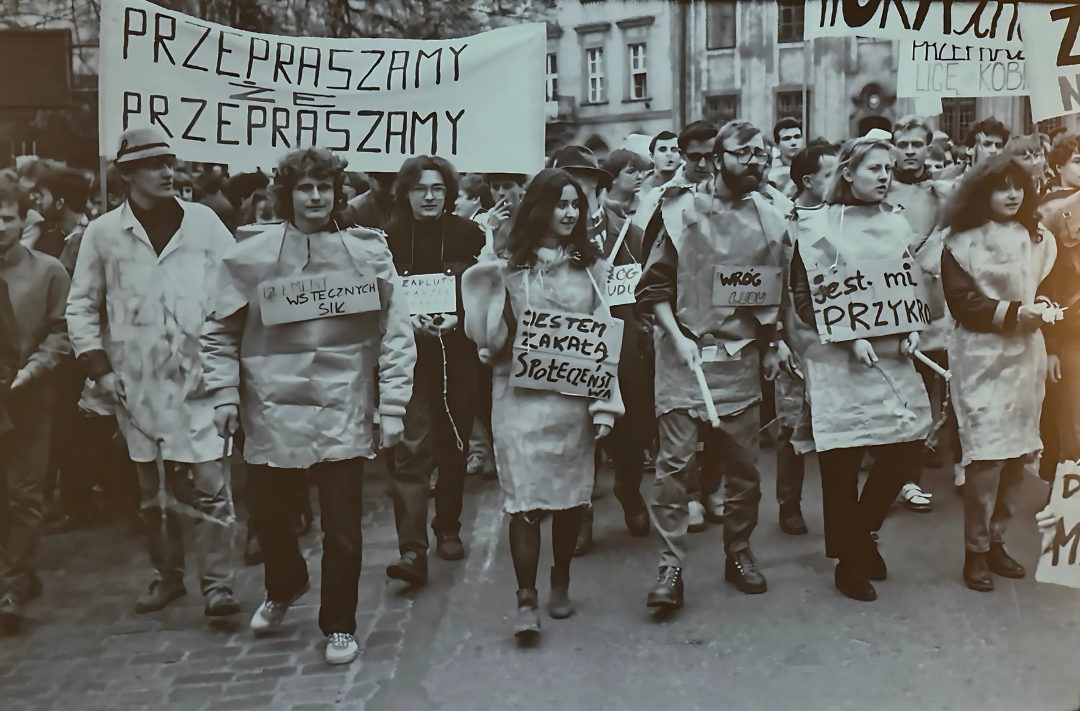
Create anything
As they navigate the complex fabric of life, choices develop paths to the extraordinary, requiring creativity, curiosity and courage to make the journey truly rewarding.
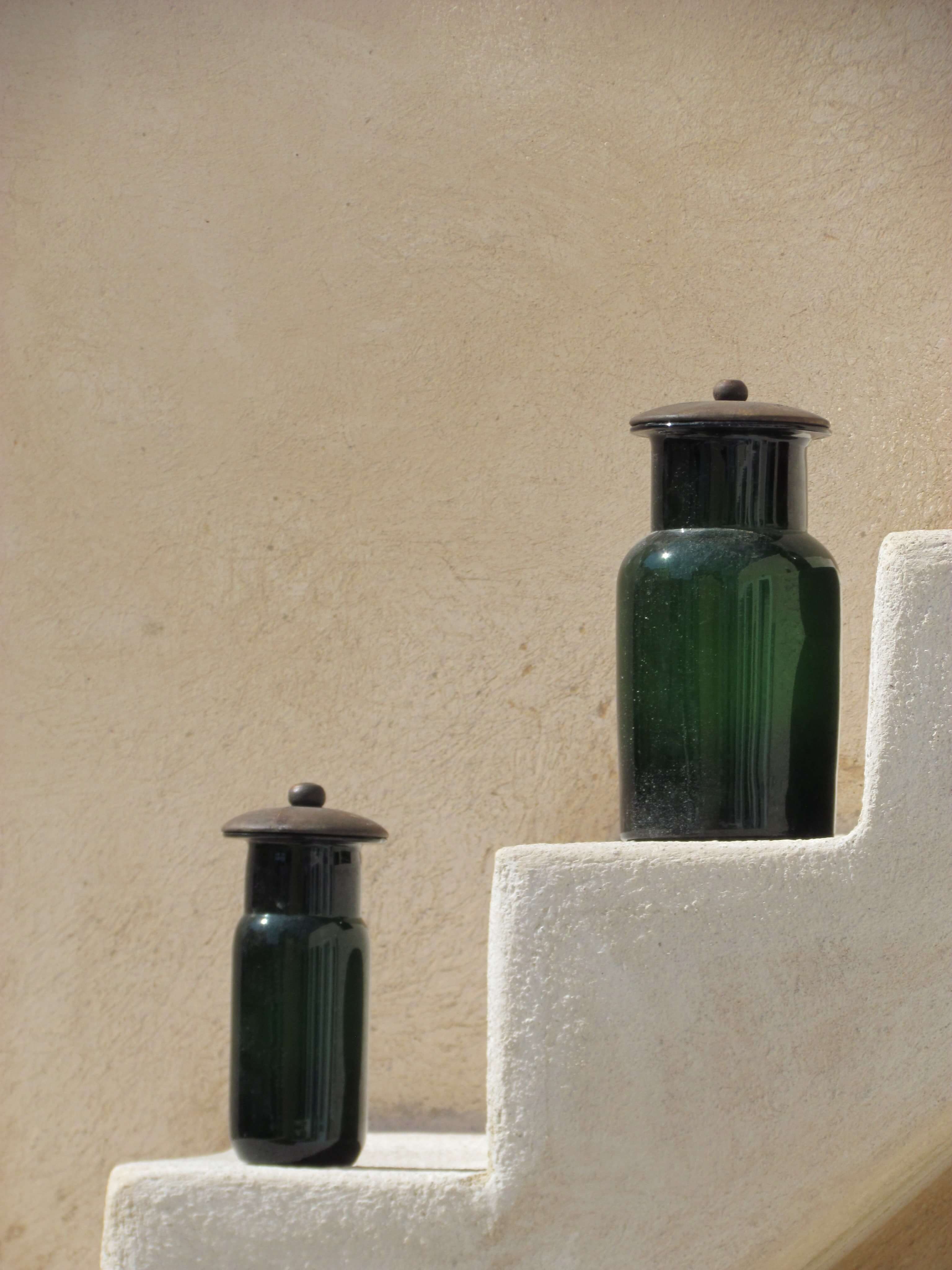
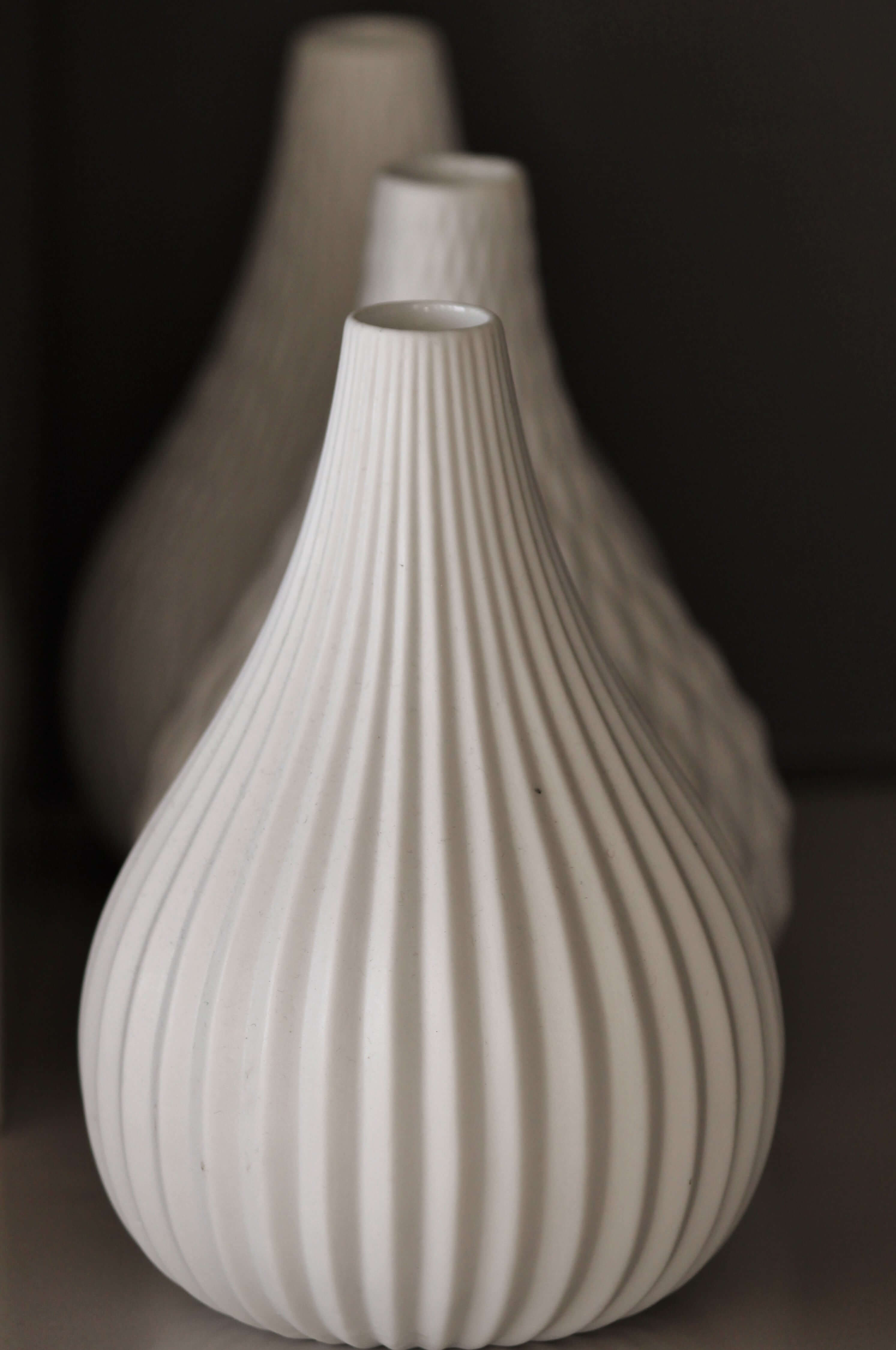


18 years
We have been in the market for 18 years and proved to our customers our experience matters.
54 countries
We are worldwide with market participation in more than 54 countries in 5 continents.
98K users
We have almost 100k active users with a high level of engagement and adoption.
$12M revenue
We closed 2023 over $12M dollars in revenue which positions us as leader in our industry
The political transformation after 1989 had a huge impact on the development of design in Poland. In the 1990s, design was overshadowed by rapid economic changes – there was a shortage of new products, and designers operated mainly on the borderline between art and utility. Aesthetically, postmodernism dominated, while applied art was the main design space.
With the development of industry and attempts to align with Western standards, design gradually regained its place in production processes. The next decade saw the emergence of a strong neo-modernist trend, and companies – both small and large – began to invest in visual identity and branding. Design acted as a marketing tool to promote modernity and competitiveness.
The beginning of the 21st century has brought further professionalization of design. In response to globalization and the rise of digital technologies, new models of production and consumption emerged – from modular systems to the replacement of ownership by use. At the same time, the market began to recognize the need to respond to real social and environmental problems.
After 2010, design began to be redefined – not only as a tool for economic growth, but also as a way of responding to contemporary challenges. Designers increasingly turned to themes of ecology, localism, identity or exclusion. The consumer ceased to be an abstract “user” and became an individual with diverse needs and sensitivities.
Contemporary design in Poland is a space of polyphony – combining aesthetics, functionality and social responsibility. It is also a field of experimentation and reflection, where design measures up to a dynamically changing world.
The exhibition consists of three parts:
- Postmodernism in art and design was shown as a manifesto of transformative energy – from exclusive realizations to everyday objects that redefined the Polish reality of the years of transition.
- Neomodernism, an expression of revived modernism, presents projects by Polish architects at a world-class level, while firmly rooted in the local context.
- “Polyphony ” – a term introduced by the curators – emphasizes the diversity of contemporary creative attitudes, encompassing architecture and design, with an emphasis on issues of accessibility, relationship with nature and the search for identity.
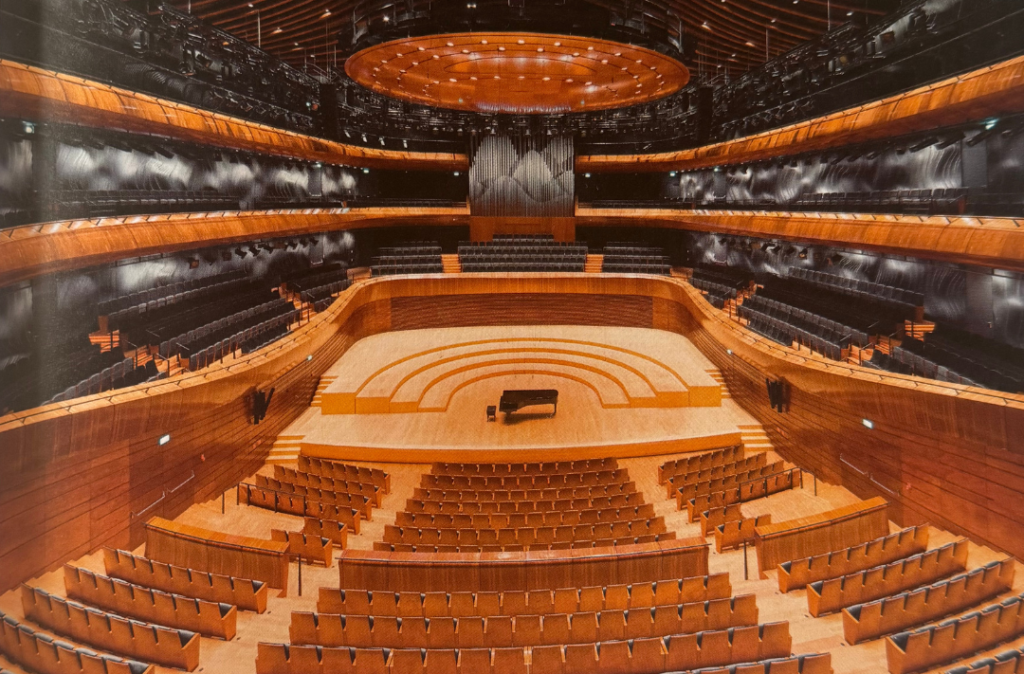
After 2010, design began to be redefined – not only as a tool for economic growth, but also as a way of responding to contemporary challenges. Designers increasingly turned to themes of ecology, localism, identity or exclusion. The consumer ceased to be an abstract “user” and became an individual with diverse needs and sensitivities.
Contemporary design in Poland is a space of polyphony – combining aesthetics, functionality and social responsibility. It is also a field of experimentation and reflection, where design measures up to a dynamically changing world.
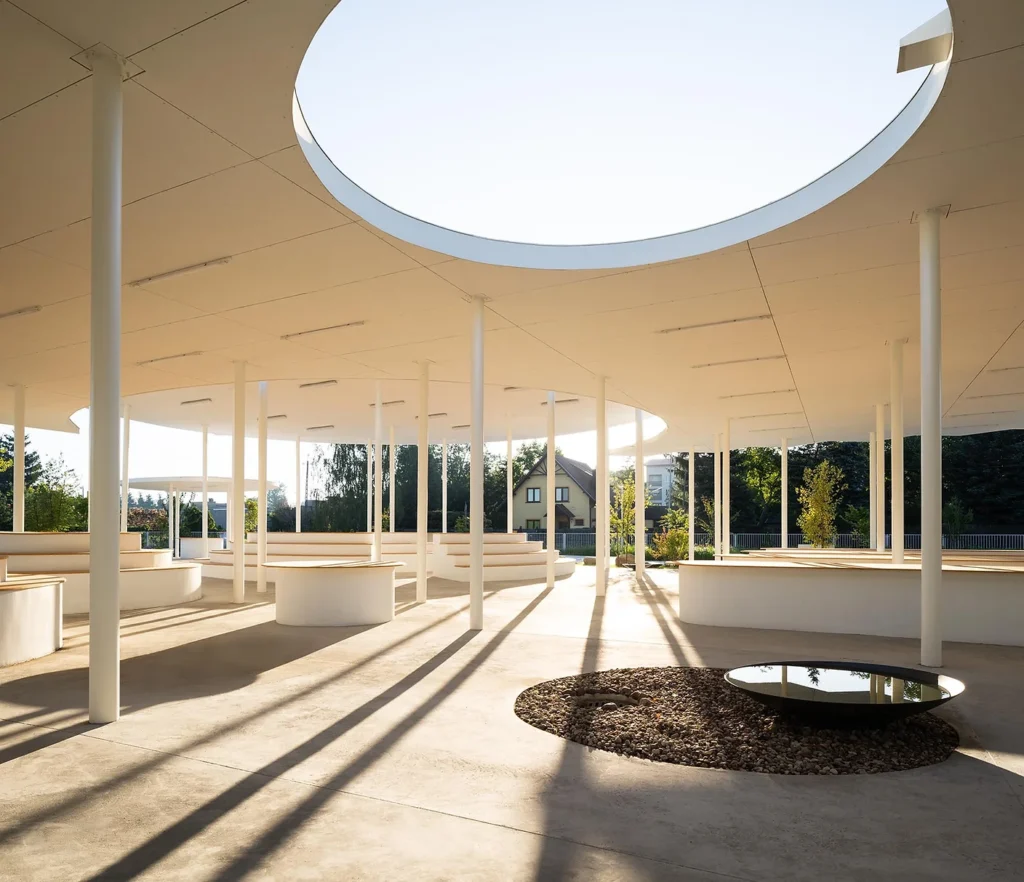
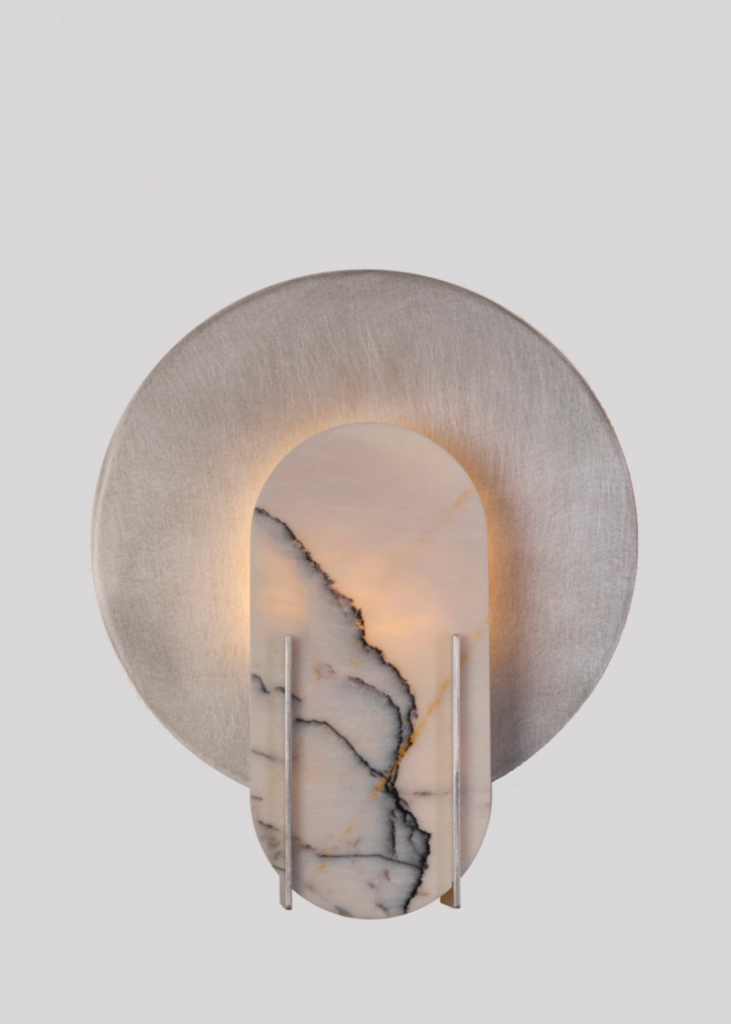
Hasik Design Studio, Alice wall lamp
Lead time: 2 – 4 weeks
Najniższa cena z 30 dni przed obniżką: 3 400,00 zł.
Test headline
Designers are definitely focusing on personal expression.
Incredibly, Coco Chanel’s saying that “fashion passes, style remains” applies here.
In creating a living space, our personal feeling of being in an interior is more important than the trends themselves. For individuality will always be what makes our interiors stand out.
We see an increasing emphasis on personal items such as photos, paintings, travel souvenirs or handicrafts, directly resonating with the lifestyle of the owners.






